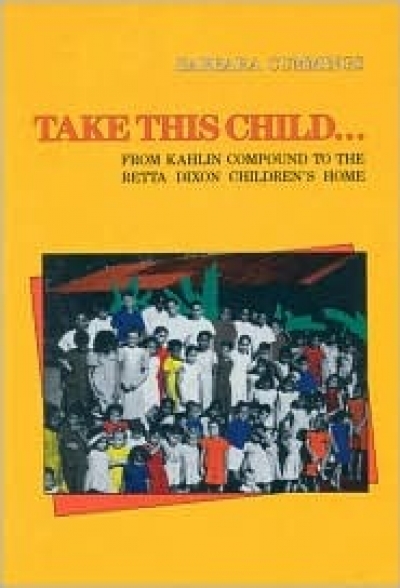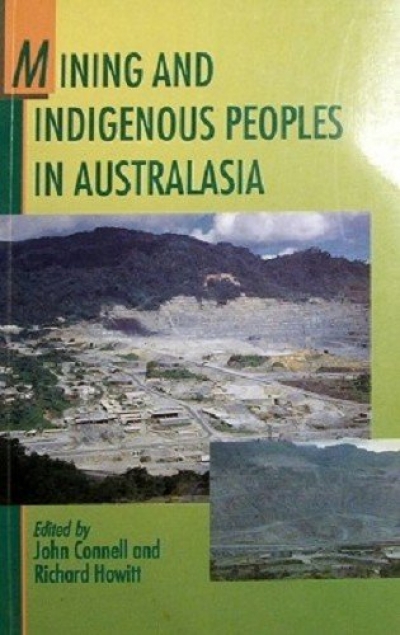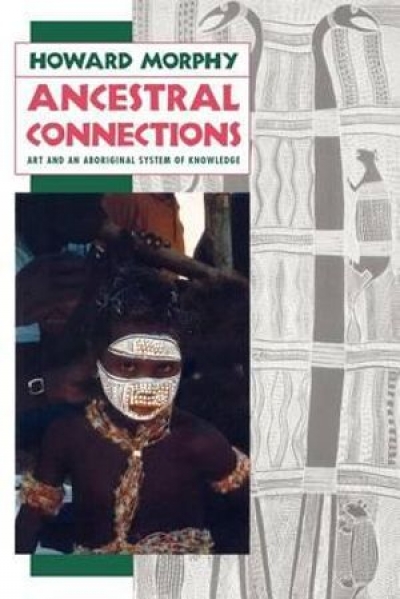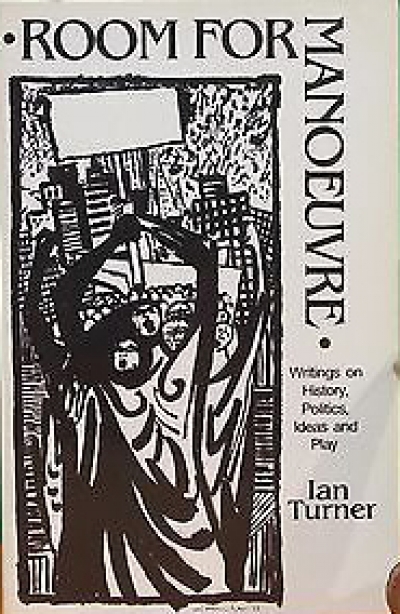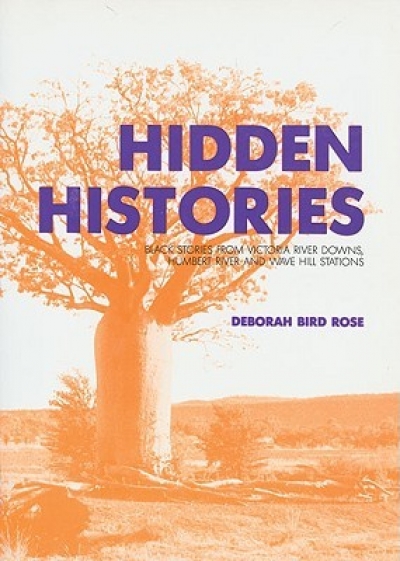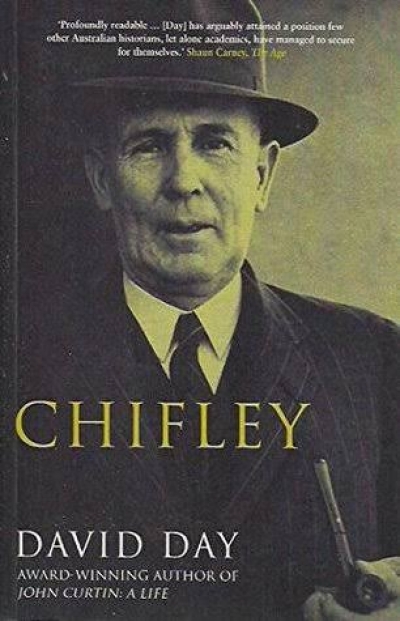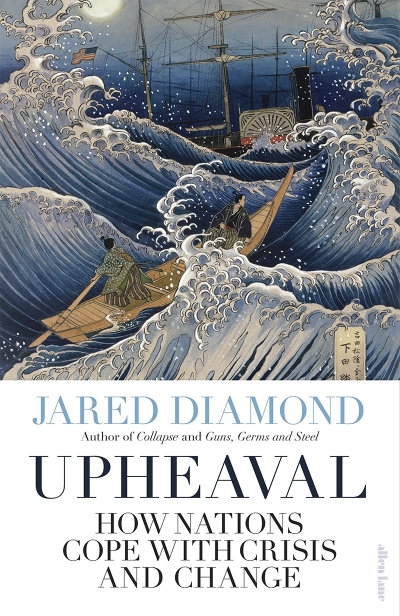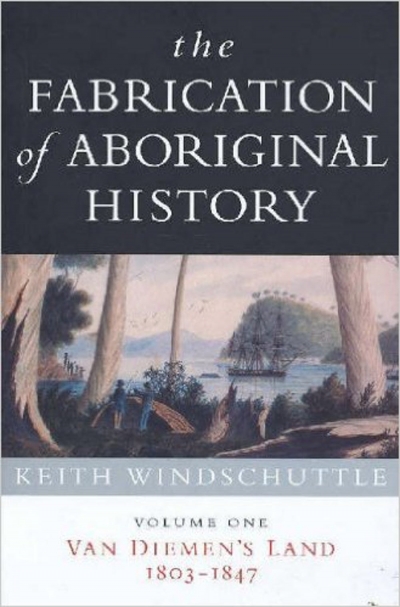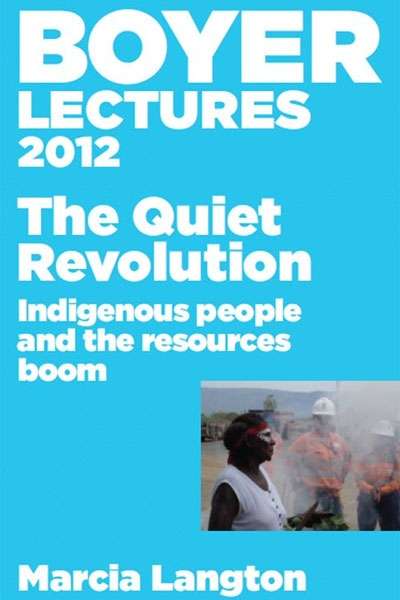Tim Rowse
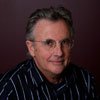
Tim Rowse holds honorary positions at Western Sydney University and the Australian National University His books include Indigenous and Other Australians Since 1901 (UNSW Press, 2017) and (co-edited with Lawrence Bamblett and Fred Myers) The Difference Identity Makes (Aboriginal Studies Press, 2019).
If John Hewson leads the next Australian government, we are likely to see a reversal of the current government ban on mining at Coronation Hill and the lifting of other impediments to mining. Should the fight to preserve an indigenous right to negotiate other’s access to mineralised lands have to be renewed, these two books will make invaluable background reading. They document the awesome polit ... (read more)
Morphy’s monograph is an instance of a problem in anthropological writing about Australian Aboriginal people, a problem of audiences. The public this book will reach (and please and enrich enormously) is international, made up of several thousand mostly Anglophone anthropologists students of art, particularly those researching or teaching about the contexts in which the art of non-Western people ... (read more)
A joke told annually and publicly for fourteen years closes this collection of Ian Turner’s work. From 1965 to 1978, Turner delivered the Ron Barassi Memorial Lecture and so created the site of an imagined overlap between the more formal rituals of the intellectual culture and the rowdy world of spectatordom, the VFL, the most visible and familiar self-presentation of the popular. He fabricated ... (read more)
If the stories brought together in this book had been arranged according to a chronological narrative, it would go something like this:
Around the middle of the nineteenth century, Aboriginal people in what would later be called the Victoria River country (Northern Territory) were affected by a new disease, smallpox, which came from the north; many succumbed to its hideous embrace. Possibly, th ... (read more)
Joseph Benedict Chifley enjoys a special place in the Australian pantheon – an icon of decencies almost extinct. Born in 1885, Chifley was raised in Bathurst, where he joined the NSW Railways in 1903. One of the youngest-ever first-class locomotive drivers at the age of twenty seven, Chifley was among those who struck for six weeks in 1917 against new management practices in the railways. They l ... (read more)
Individuals have crises; dealing with them sometimes makes a person stronger. Perhaps nation-states are similar: crises make them stronger and better. But is humanity as a whole like this? This question is raised but not answered in Jared Diamond’s Upheaval.
Diamond sees four crises facing humans: the possibility of nuclear war killing millions and bringing ‘nuclear winter’; climate change; ... (read more)
Keith Windschuttle seeks to undermine a ‘mindset’ among historians of Tasmania that started in Henry Melville’s History of Van Diemen’s Land (1835) and continues in Henry Reynolds’s An Indelible Stain (2001). Mindsets, or ‘interpretive frameworks’, sensitise historians to ‘evidence’ that fits their ‘assumptions’. While ‘often very productively’ applied, Windschuttle conce ... (read more)
The Aborigines of Australia are among the more land-rich of colonised peoples. More than one fifth of Australia is under Aboriginal ownership, and a perpetual fund – established by Labor and fattened by Coalition and Labor governments – will add to this estate. To examine this recent change in Australian real estate as a ‘quiet revolution’ was a good choice of theme by Marcia Langton.
... (read more)

